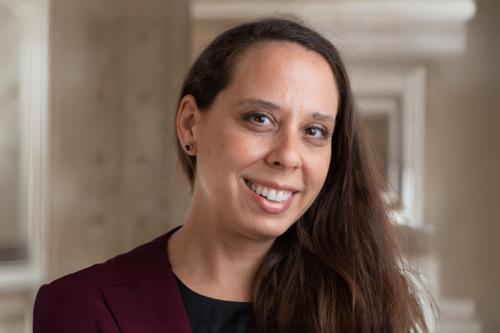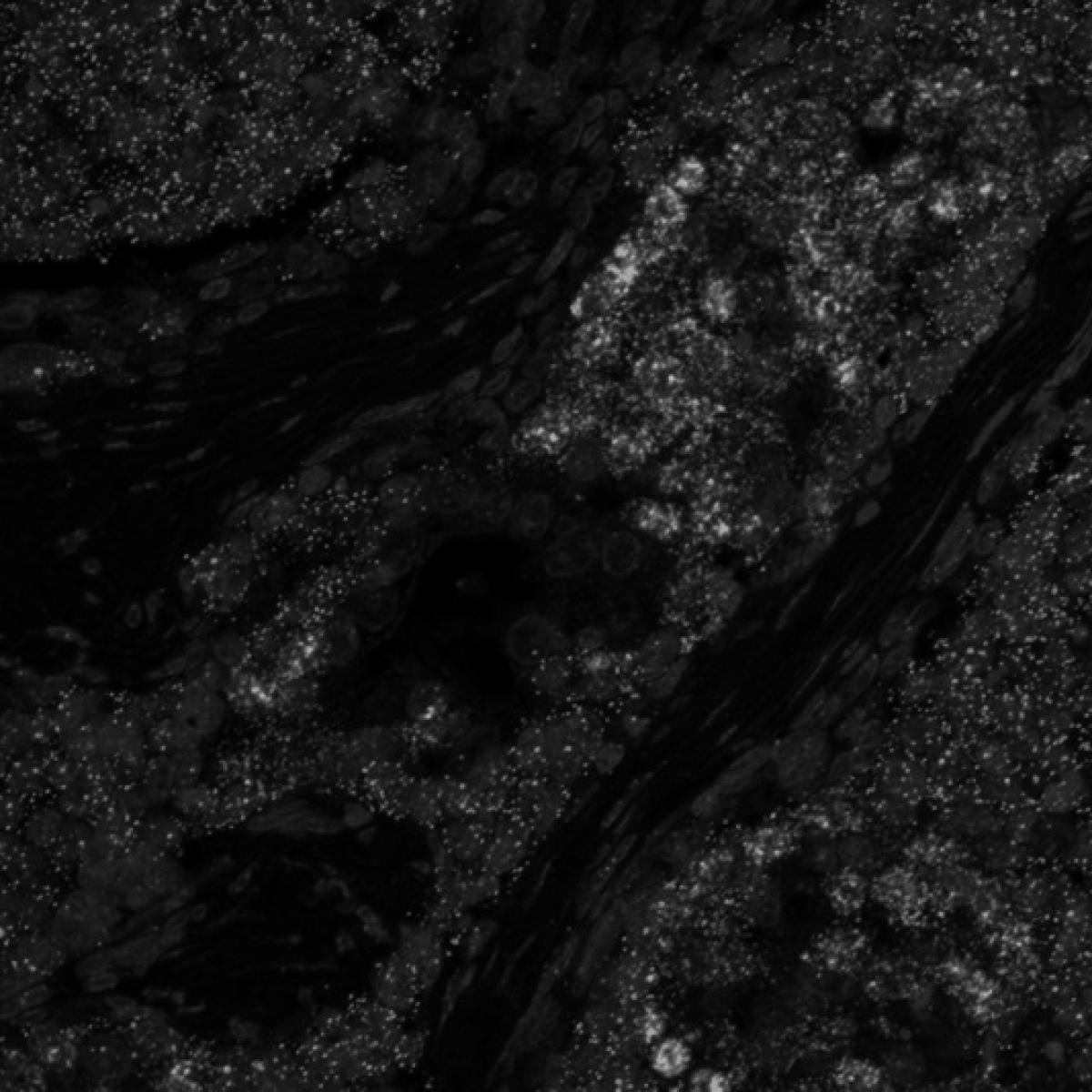
Lydia Daboussi, Ph.D.
- Assistant Professor, Neurobiology

Lydia Daboussi, Ph.D., studies the molecular mechanisms of plasticity in the peripheral nervous system — the network of nerves outside the brain and spinal cord — to understand how nerves regenerate after injury and during chronic disease. She seeks to harness the regenerative capacity of the nervous system to inform the development of therapeutics.
The peripheral nervous system possesses an astonishing capability for self-repair, but can eventually become overwhelmed by injury or disease, resulting in impaired motor and sensory function. The compilation of genetic disorders, metabolic diseases, environmental stressors and injury that lead to sensorimotor dysfunction, termed peripheral neuropathies, make this class of disease a common neurological disorder.
Historically, nervous system injuries and diseases have been studied from a “neuron-centric” perspective, however peripheral nerve regeneration also depends on axon-to-glia signaling to induce Schwann cells plasticity. Schwann cells are a type of glial cells that surround neuronal axons, keeping them alive and sometimes covering them with a myelin sheath. They respond to axonal damage by transiently transdifferentiating into specialized ‘repair cells’ that facilitate axonal regrowth and reinnervation of axonal targets, promoting a return to normal sensorimotor function.
Daboussi’s research lies at the intersection of the fields of glial biology, axonal regeneration and cytoplasmic-to-nuclear signaling. She is focused on understanding the molecular mechanisms of nervous system plasticity to gain insight into the regenerative processes that occur after injury and during chronic disease. Daboussi’s long-term goal is to harness how Schwann cells maintain and induce their regenerative capacity to inform the development of future therapies.
Research Projects
- Studying the molecular mechanisms of peripheral nervous system plasticity The capacity some cells have to switch from one cell type to another and — in some cases — back again. The plasticity of certain tissue-specific stem cells enables them to transform into cell types that would normally be considered outside their normal range of differentiation. plasticity The capacity some cells have to switch from one cell type to another and — in some cases — back again. The plasticity of certain tissue-specific stem cells enables them to transform into cell types that would normally be considered outside their normal range of differentiation.
- Determining how Schwann cells differentiate to begin repairing peripheral nerve damage after injury and during chronic neurodegeneration
- Understanding drivers and modifiers of neuropathic pain
- Identifying targets for disease modification of peripheral neuropathies, in which nerves outside the brain or spinal cord are damaged
-
Post-doctoral Fellowship
- Developmental Neurobiology, Salk Institute for Biological Studies, 2022
Degree
- Ph.D., Biological Chemistry, UCLA, 2014
